|
| |

Gold, Silver, Brass
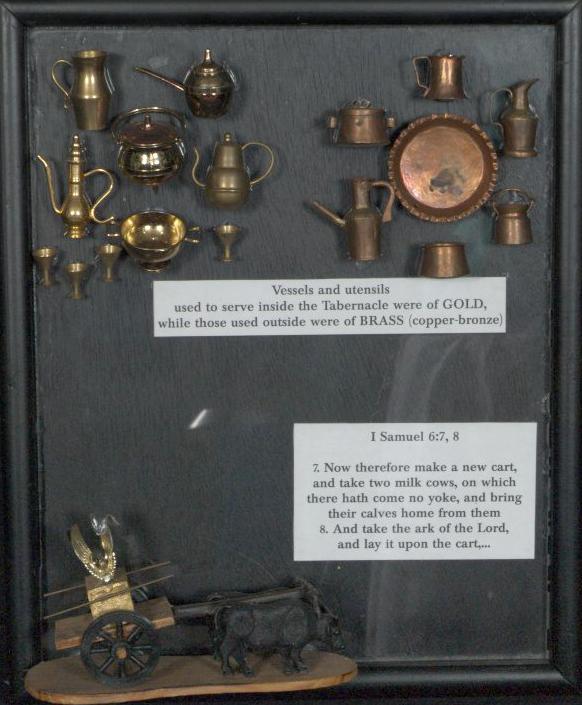
Vessels and Utensils
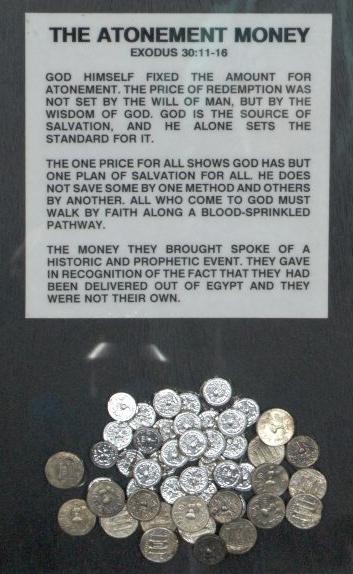
Atonement Money
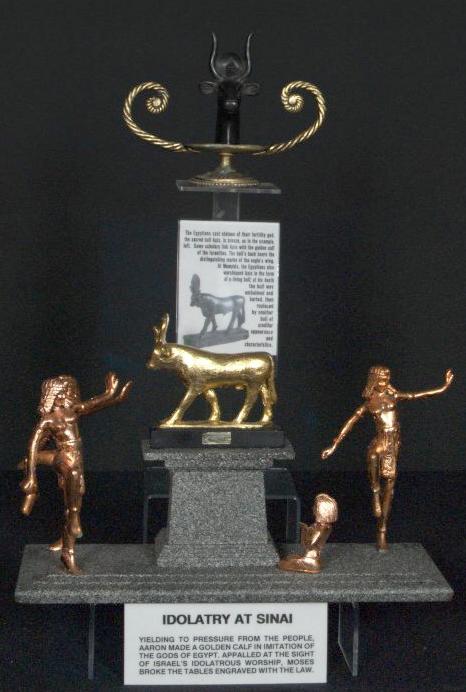
Idoltry at Sinai

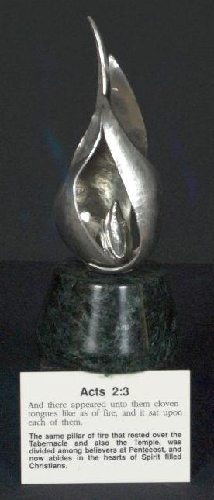
Cloven Tongues

Fish and Fruit Basket

Fruit of the
Promise Land
Numbers
13:23, 27
23 And
they came unto the brook of Esh'-col, and cut down from thence a branch with one
cluster of grapes and they bare it between upon a staff; and they brought of the
pomegranates, and of the figs.
27 And
they told him, and said, We came unto the land whither thou sentest us, and
surely it floweth with milk and honey; and this is the fruit of it.
Food of Egypt
Numbers 11:5, 6
5 We
remember the fish, which we did eat in Egypt freely; the cucumbers, and the
melons, and the leeks, and the onions, and the garlic:
6 But
now our soul is dried away: there is nothing at all, beside this manna, before
our eyes.

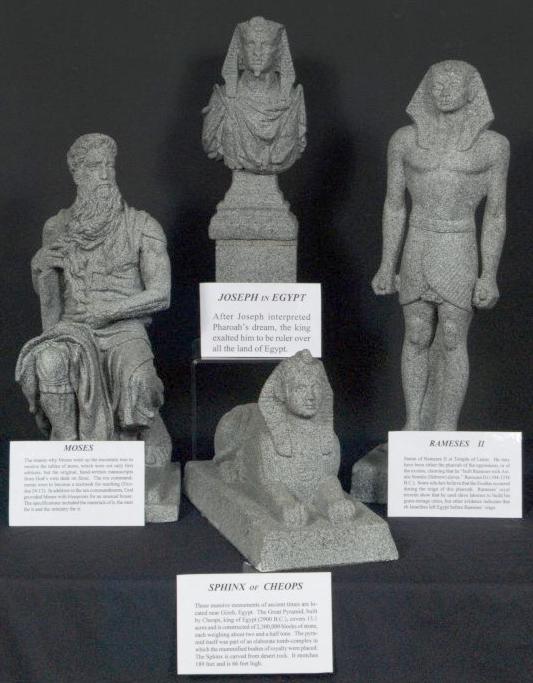
Joseph in Egypt
After Joseph interpreted Pharaoh's
dream, the king exalted him to be Ruler over all the land of Egypt.
Moses
The reason why Moses went up to
the mountain was to receive the tables of stone, which were not only the first
editions, but the original hand-written manuscripts from God's own desk on
Sinai. The Ten Commandments were to become a textbook teaching (Exodus
24:12). In addition to the Ten Commandments,
God provided Moses with blueprints for an unusual house. The
specifications included the materials of it, the men for it and the ministry for
it.
Rameses II
Statue of Rameses
II at the Temple of Luxor. He may have been either the Pharaoh of
oppression, or of the exodus, claiming that he "built Rameses with Asiatic Semitic
(Hebrew) slaves." Rameses II (1304-1238 B.C.E.).
Some scholars believe the Exodus occurred during the reign of this Pharaoh.
Rameses' royal records show that he used slave laborers to build his
grain-storage cities, but other evidence indicates that the Israelites left
before Rameses reign.
Sphinx of
Cheops
These massive
monuments of ancient times are located near Gizeh, Egypt. The Great
Pyramid, built by Cheops, king of Egypt (2900 B.C.E.), covers 13.1 acres and is
constructed of 2,300,000 blocks of stone, each weighing about 2 1/2 tons.
The pyramid was itself part of an elaborate religious ritual complex. The
Sphinx is carved from desert rock. It stretches 189 feet and is 66 feet
high.

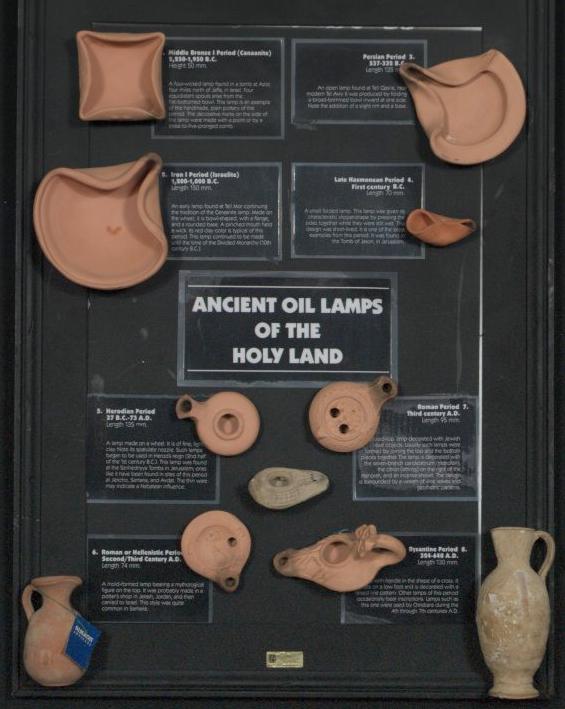
Ancient Oil Lamps of the Holy Land

Here are some
quarter-scale Temple furniture pieces that have never been on tour.
Papyrus
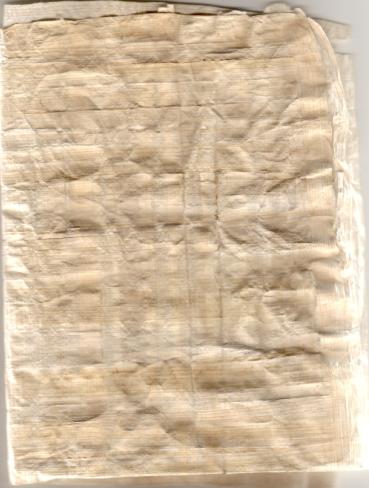
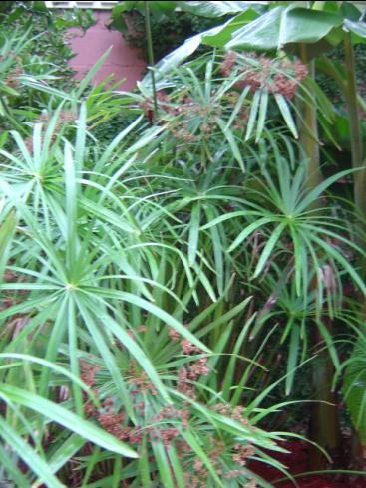
2000 B.C. First Writing Paper
A plant-like reed or rush which grows in swamps and alonge rivers or lake, often to the height of 12 feet. Papyrus is a plant that grows in the Nile River in Egypt. Achient Egyptians found many uses for papyrus: bundeled reeds were made into boats, sleeping mats, shoes, and baskets were made from the stems; even the roots were burned for fuel. The most inportant use was in paper-making. When the stems were sliced,soaked and pressed untill dry,a durable paper is produced. Papyrus was the worlds first paper,introduced more than 2,500 years ago, and remained in use worldwide until pulp paper was introduced in the 12th. century.
Linen Processing

Shittim Wood
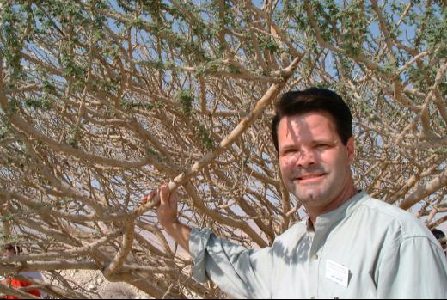
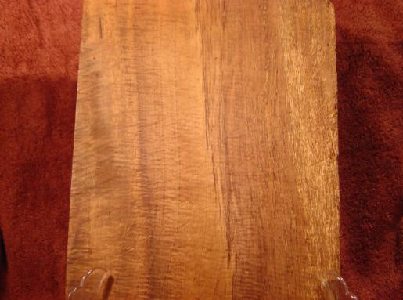
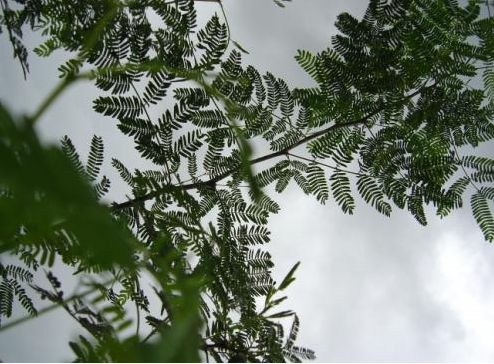

|
